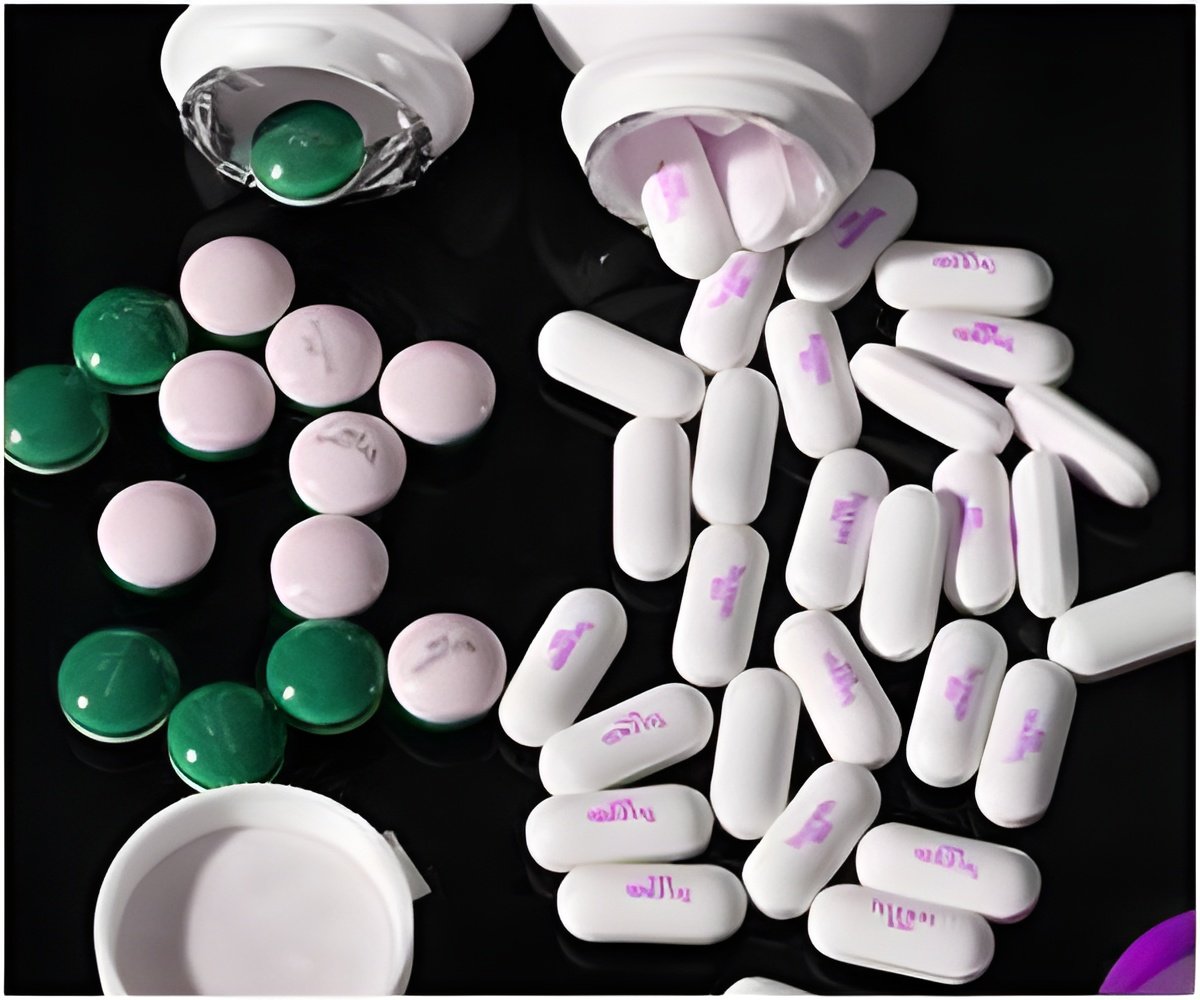Recent research indicates that generic medications currently account for over 70 percent of prescriptions dispensed.

The study will be published electronically on December 31, 2012 in the Archives of Internal Medicine.
"Pill appearance has long been suspected to be linked to medication adherence, yet this is the first empirical analysis that we know of that directly links pills' physical characteristics to patients' adherence behavior," explained Aaron S. Kesselheim MD, JD, MPH, assistant professor of medicine in the Division of Pharmacoepidemiology and Pharmacoeconomics at BWH, and principal investigator of this study. "We found that changes in pill color significantly increase the odds that patients will stop taking their drugs as prescribed."
The researchers conducted a case-control study of patients taking antiepileptic drugs and compared the odds that patients who did not refill their medication had been given pills that differed in color or shape from the prior prescriptions. Using a large national database of filled prescriptions, when the researchers identified a break in the patient's use of the drug, they looked at the previous two prescription fillings to see if they were the same color and shape. They found that interruptions in the prescription filling occurred significantly more frequently when the pills had different color. Interruptions in antiepileptic drug use for even a few days can raise the risk of seizure and have important medical and social consequences for patients.
These findings offer important take-home messages for physicians, pharmacists, and patients. As Kesselheim explained, "Patients should be aware that their pills may change color and shape, but that even differently-appearing generic drugs are approved by the FDA as being bioequivalent to their brand-name counterparts and are safe to take. Physicians should be aware that changes in pill appearance might explain their patients' non-adherence. Finally, pharmacists should make a point to tell patients about the change in color and shape when they change generic suppliers." Researchers acknowledge that medication adherence is a multi-faceted issue, but suggest that taking steps to permit (or even require) similarity in pill appearance among bioequivalent brand name and generic drugs may offer a relatively simple way to contribute to better adherence.
Advertisement










